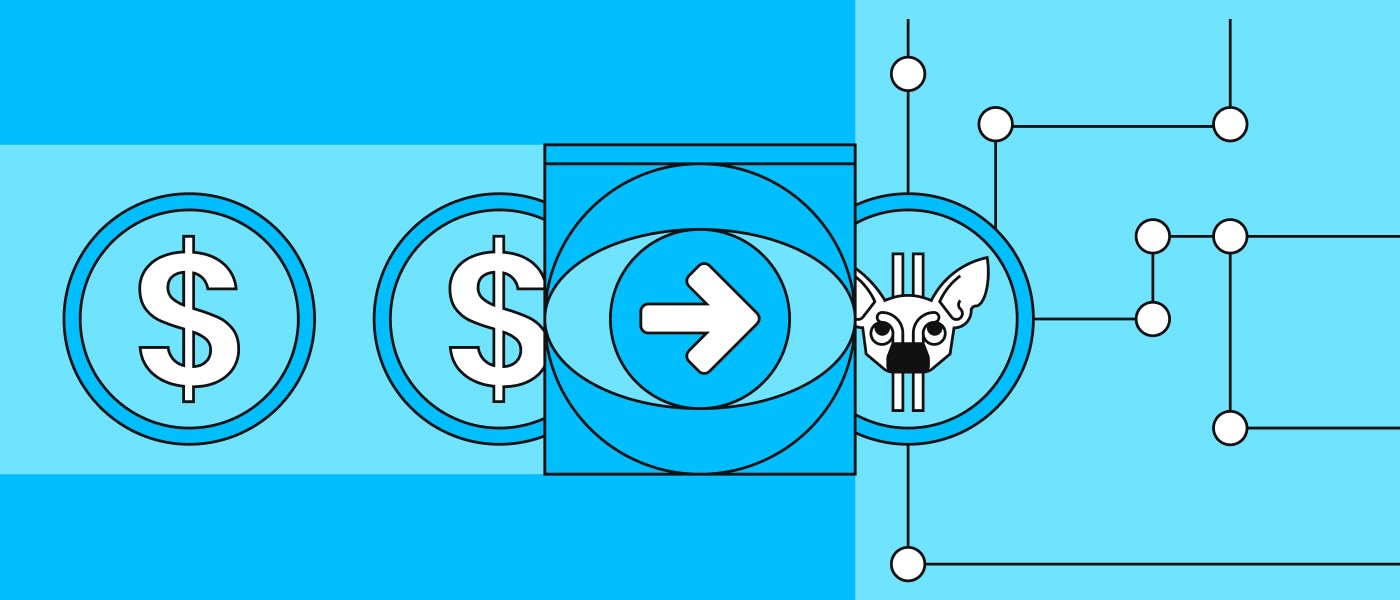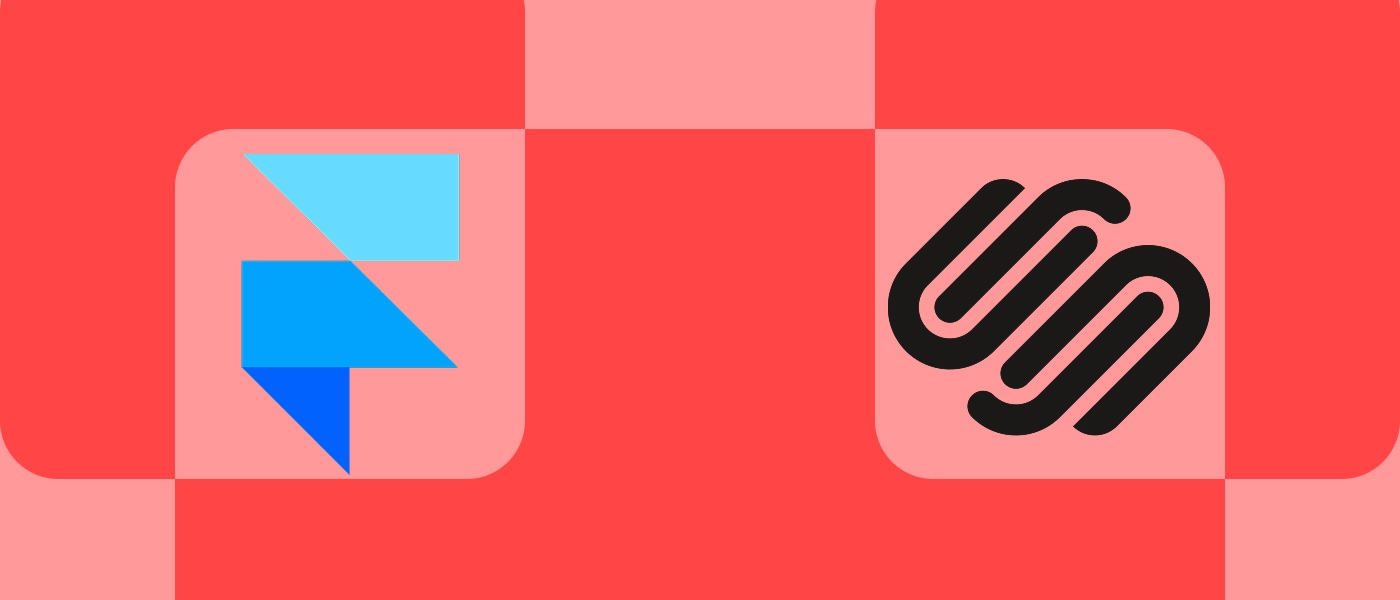Fintech app design: UX best practices for successful financial products

Strong UX design defines the success of any fintech app. This article explores proven UX best practices for financial products, focusing on trust, clarity, and compliance. It explains how thoughtful onboarding, transparent flows, and personalized dashboards turn complex financial tasks into intuitive experiences. You’ll learn how to integrate progressive KYC, security-focused design, and microinteractions that reassure users without adding friction.
Fintech app design: UX best practices for successful financial products
A financial app wins or loses on the tiny human moments. When a user decides to trust you with their money, when they breeze through a transfer, or when a confusing screen makes them close the app; strong UX turns those moments into compounding growth.
The role of UX in fintech apps
UX is the engine of trust. Because money is inherently high-stakes, users judge your product not just on what it does but on how confidently and clearly it does it. A crisp information architecture, readable typography, and predictable flows signal reliability, while sloppy interactions hint at risk.
Clarity drives comprehension, and comprehension drives conversion. If terms, fees, and outcomes are explained in plain language (with just-in-time help), users make faster, better decisions and abandon less. People don’t want “features”; they want financial outcomes explained in a way they can act on. When your UX reduces cognitive load and highlights the next best step, conversion rates rise without resorting to dark patterns.
Finally, good UX is compliance’s best friend. Transparent flows, accessible content, and explicit consent mechanics reduce regulatory risk while calming users. When privacy choices are understandable, audit trails are easy to export, and error states teach users what to fix, you’re building trust at the same time you’re meeting obligations.
Key challenges in designing for fintech
- Navigating regulation without killing momentum (KYC/AML, disclosures, consent, record-keeping)
- Handling sensitive data securely while keeping flows lightweight
- Serving heterogeneous user groups without fragmenting the product
- Communicating risk and fees in ways that are both compliant and human
- Designing for failure states: declined cards, market volatility, outages, chargebacks
These constraints are unavoidable, yet they can become differentiators. Teams that prototype with compliance and security at the table tend to ship simpler, safer journeys that scale.
Fintech onboarding: first impressions matter
- Progressive KYC: start with email/phone, then unlock advanced features after ID verification
- Choice of path: “Get started” for beginners vs. “Import my data” for switchers
- Clear time expectations: “Takes ~2 minutes” plus a visual stepper that never lies
- Document capture that feels human: edge detection, glare tips, instant feedback
- Skeleton screens + optimistic UI to keep momentum between checks
- Warm welcomes: a first-run checklist that teaches by doing (not by dumping)
Onboarding is where trust, speed, and compliance intersect; it does the heavy lifting in the background and narrates what’s happening in plain English. The goal isn’t just “account created”, it’s “first meaningful action completed,” like a successful top-up or a paid invoice.
Security-focused UX design
Security should feel present, not punitive. Biometric sign-in reduces login friction while increasing assurance; combine it with smart session management (short on high-risk screens, longer where appropriate) and concise re-authentication prompts.
Treat error and risk states as design moments. If a transfer is flagged, avoid “Transaction failed.” Instead, show a safe, specific path forward: “We paused this transfer to confirm it’s you. Verify in 10 seconds to continue.” Visual signals like color, iconography, and microcopy should distinguish warning from danger. Provide security receipts (what changed, when, from where) and one-tap “secure my account” actions that rotate keys, sign out sessions, and notify support.
Personalization in fintech apps
Money is personal; your product should be, too. A customizable home dashboard that surfaces the next best action—“Pay upcoming bill,” “Round up to savings,” “Your card is close to its limit”—helps users feel guided rather than overwhelmed. Build lightweight profiles from behavior (not just forms): spending patterns, risk appetite, preferred payment rails, and notification tolerance.
Personalization isn’t about glittery widgets. It’s about relevance, which means setting guardrails. Explain why a tip or offer appears (“Based on last month’s subscriptions…”), let users mute categories, and always provide a neutral baseline so power users can turn it off. With transparent logic and reversible choices, personalization increases both perceived value and actual retention.
Microinteractions and intuitive UI
The smallest details often carry the most reassurance. A subtle haptic on successful payments, a progress ring that fills as you complete KYC, or a confetti-free but satisfying checkmark all signal closure. Use motion with intent: quick, understated animations that connect cause and effect help users build a mental model.
Controls should match risk. Sliders work for budgeting; typed confirmation (or long-press) suits high-value actions. Inline validation beats modal scolding, catches mistakes early, and explains how to fix them. And remember accessibility: adequate contrast, visible focus states, large touch targets, and screen-reader-friendly labels protect both users and your brand.
Designing for trust and transparency
Trust is a content strategy as much as a visual one. Replace legalese with layered explanations: a short, human summary first, expandable details below, and a link to the full policy. We display the total cost of ownership: fees, FX spreads, and interest before the user commits, not after the fact in a receipt.
Offer clear data controls in one place: export, delete, opt-in/opt-out, and purposes of processing. Show live system status and incident history so users aren’t left guessing during outages. Finally, bring support forward: chat and callbacks visible at critical steps, with promised response times that you can actually meet.
Collaborating with a fintech app design agency
An experienced fintech UX agency compresses the learning curve because it’s not just polishing screens. It’s spotting systemic risks before they reach production. Agencies that’ve shipped across banking, payments, lending, and wealth bring tested design patterns for KYC, chargeback flows, disclosures, and financial error handling, which saves months.
The right partner pairs service design with product analytics: they prototype with real data, pressure-test flows with compliance/security, and instrument the app so every release answers a hypothesis. Look for teams who will challenge scope, co-design with your engineers, and leave you with a design system (tokens, components, content guidelines) your in-house team can own.
Fintech product design ideas and future trends
- AI-assisted money management: natural-language queries (“Can I afford a new laptop by November?”) that translate intent into safe actions with transparent explanations
- Proactive safety: real-time fraud storytelling (“This pattern looks unusual compared to Thursdays; want to freeze and call you?”) instead of opaque declines
- Open banking as UX, not just plumbing: consent vaults, account-to-account payments, and unified financial timelines across institutions
- Behavioral nudges with user agency: opt-in round-ups, debt snowball coaching, and subscription hygiene with one-tap cancellations
- Embedded finance done right: contextual credit and insurance with clear eligibility and instant, plain-language terms
- Human-grade compliance: consent journeys that read like conversations, audit trails users can actually understand
Trends stick when they’re explainable and reversible. Pair each “smart” feature with a simple opt-out, a clear audit trail, and a human explanation of how it works.
Why choose us?
We instrument funnels and events to quantify drop-off, run A/B tests, and iterate fast; we also handle localization (currencies, formats, RTL) so you scale confidently. Working shoulder-to-shoulder with your engineers, compliance, and security, we de-risk launch timelines and leave you with maintainable patterns, documentation, and a team that can keep improving long after release.
Frequently asked questions
What makes UX design different in fintech apps?
Risk, regulation, and emotion. You’re designing in a domain where errors cost money, laws constrain choices, and users bring anxiety along with their goals. That means stronger focus on clarity, reversibility, and consent.
How can security be improved through UI/UX design?
Make secure choices the easiest choices. Default to biometrics, guide users through 2FA with a clear rationale, and design visible “safety rails” (session timeouts, device approvals, security receipts). Explain security events in human terms and offer one-tap recovery actions to reduce panic during incidents.
What is the best way to onboard new users in a financial app?
Start small, prove value fast, and layer compliance. Use a stepper, progressive KYC, and a “first success” checklist that gets users to a meaningful action within minutes. Reduce data entry with scanning and prefill, and narrate what you’re doing (“Verifying your ID: ~30 seconds”) to maintain trust.
Why is personalization important in fintech product design?
Because financial lives are diverse. Personalization turns generic dashboards into guidance: timely nudges, prioritized tasks, and insights that reflect a user’s actual behavior. When it’s transparent and controllable, it reduces churn and increases confidence.
How do I choose the right fintech app design agency?
Look for proof in regulated work: shipped KYC flows, lending disclosures, and recovery pathways. Ask about their research with vulnerable users, their approach to designing systems and accessibility, and how they partner with compliance and security from day one. Great agencies leave you with capabilities, not dependence.













